Understanding Concentrated Hydrogen Peroxide

Concentrated hydrogen peroxide refers to solutions above the common 3-12% used in homes, with typical working concentrations ranging from 30% up to about 70% or higher. These higher concentrations pose significant dangers and require careful handling.
Common Working Concentrations
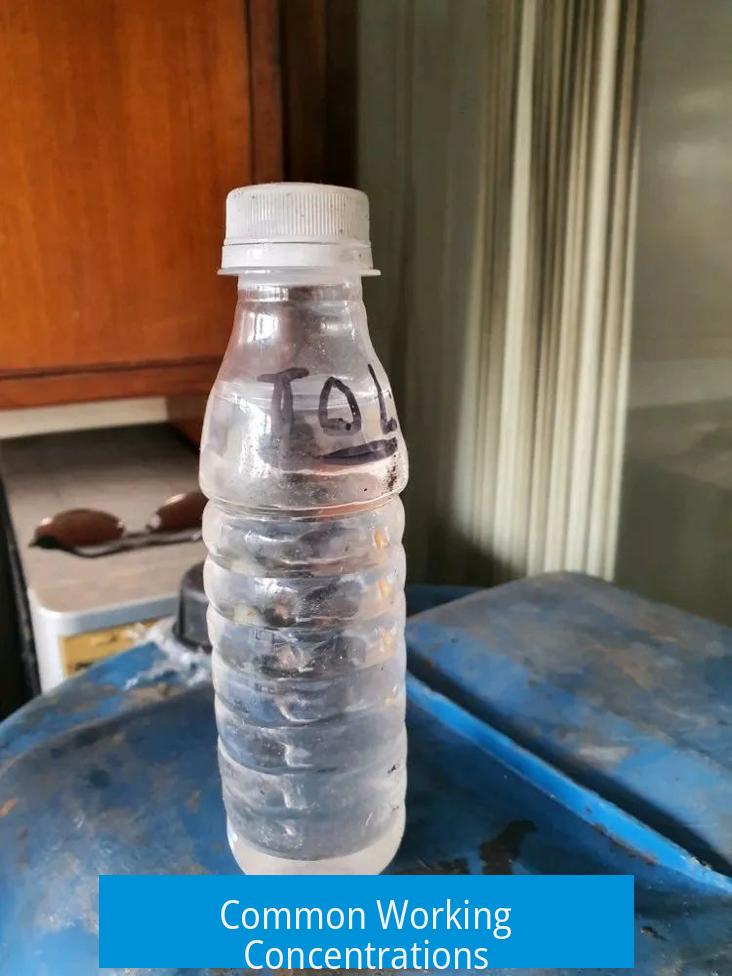
- Most users work with 30% concentration; it is the highest regularly available to many, including schools.
- Some educational institutions can access up to 35%, which still demands strict safety protocols.
- Industrial applications may use 50% or higher, with specialized chemical companies offering up to 67% concentration.
- At or above 70%, hydrogen peroxide becomes dangerously unstable and capable of spontaneous explosion.
Risks and Dangers
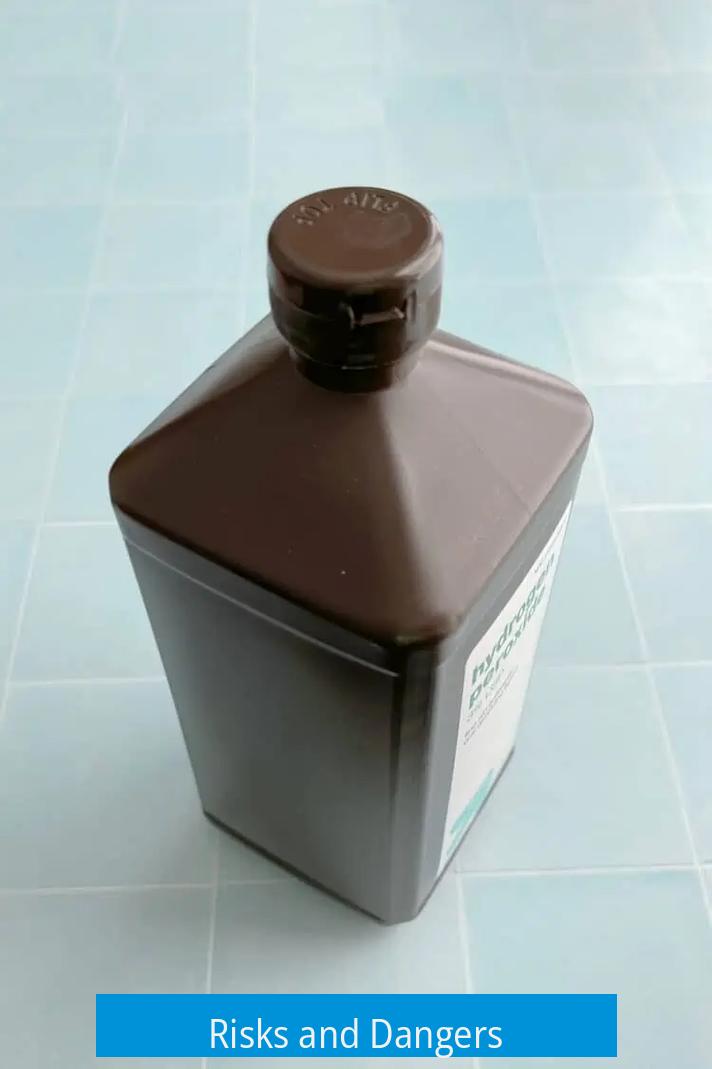
Concentrated hydrogen peroxide is highly reactive and can be explosive under the wrong conditions. Even 30% solutions can form explosive compounds like triacetone triperoxide (TATP) when mixed with acetone.
- Spontaneous decomposition occurs more rapidly at high temperatures and concentrations, releasing oxygen gas and heat.
- Concentrations above 50% pose severe explosion risks, including accidental boiling liquid expanding vapor explosions (BLEVE) during distillation attempts.
- All peroxide solutions above 70% risk spontaneous and violent explosions without provocation.
- Concentration processes that remove water reduce stability, increasing the chance of runaway decomposition reactions.
Handling, Procurement, and Safety
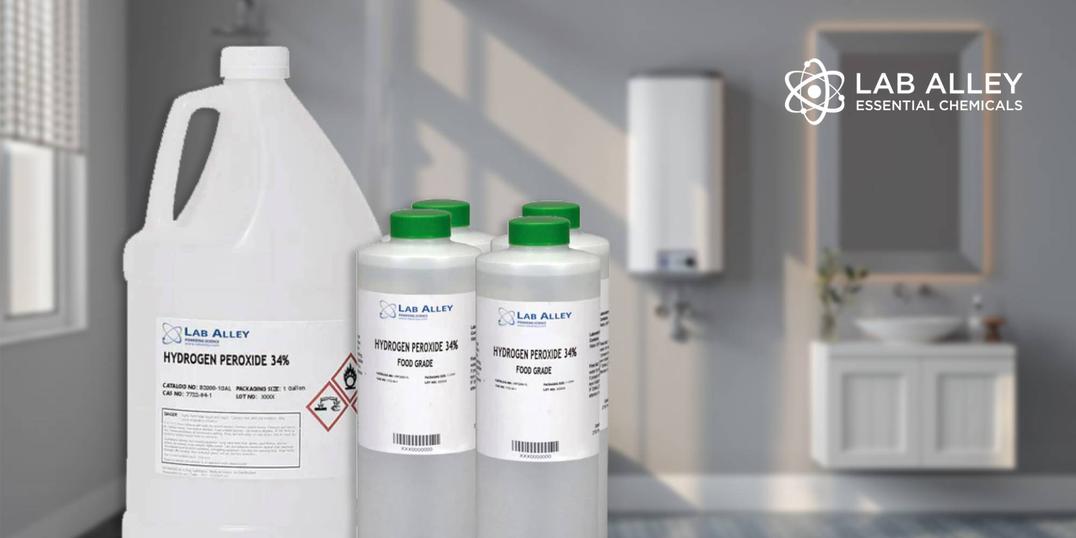
Hydrogen peroxide above 30% should be handled only by trained professionals with proper protective equipment and safety measures in place.
- Schools and labs must follow rigorous protocols and obtain approvals before ordering concentrated peroxide.
- Specialty chemical suppliers like Evonik provide concentrations up to 70%, accompanied by detailed Safety Data Sheets (SDS).
- Teachers must not encourage students to concentrate peroxide or conduct hazardous experiments involving it.
Prohibited and Safer Practices
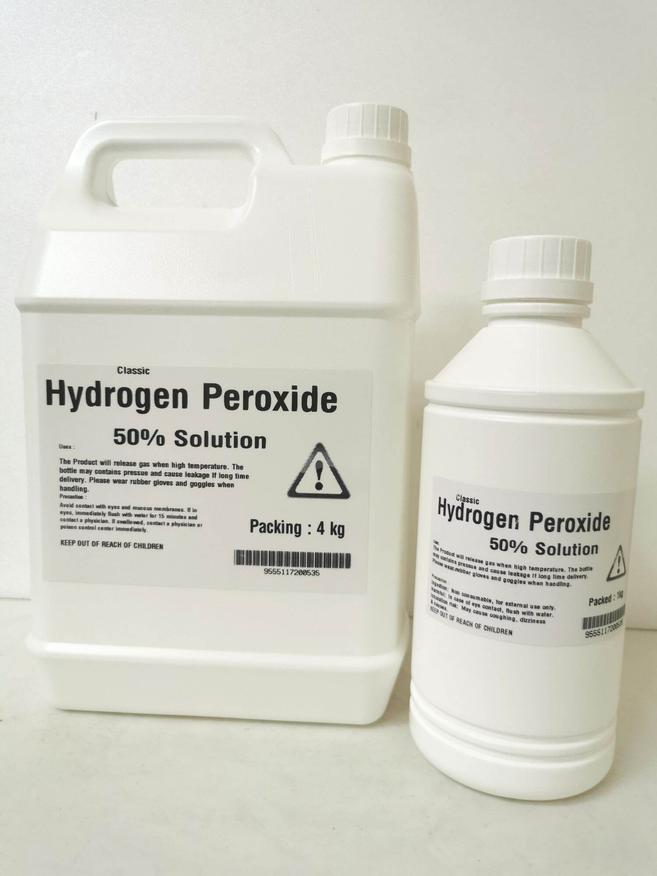
Attempts to concentrate hydrogen peroxide via distillation or heating are extremely hazardous and strongly discouraged.
- Distillation can trigger explosive decomposition, especially above 50% concentrations.
- A safer method to concentrate peroxide involves freezing; water crystallizes, leaving a more concentrated liquid peroxide phase.
- Absolute avoidance of unauthorized concentration practices is necessary to prevent injury or death.
Summary of Key Points
- Working concentrations above 30% require expert handling and safety controls.
- Peroxides above 70% are prone to spontaneous explosion and are unsafe for general use.
- Distillation and heating to concentrate peroxide are highly dangerous and prohibited.
- Freezing offers a safer way to increase concentration without risking decomposition.
- Only trained professionals should procure and use concentrated hydrogen peroxide substances.
Concentrated Hydrogen Peroxide: The Truth Behind the Finish Line
Concentrated hydrogen peroxide can be a dangerous game, both fascinating and treacherous—especially above 30%. Yes, it’s true: while 30% solutions are common and workable with proper precautions, pushing beyond invites a cascade of risks that would make even a daredevil think twice.
Let’s break down why concentrated hydrogen peroxide demands respect and caution, not reckless curiosity.
Why Do People Even Use Concentrated Hydrogen Peroxide?
Hydrogen peroxide (H2O2) is often viewed as the squeaky-clean first aid liquid hiding in your medicine cabinet. But concentrated versions, say 30%-50%, are valuable players in industry: bleaching textiles; environmental cleaning; and even rock-and-roll chemistry demonstrations.
A Canadian science teacher confirms ordering up to 35% peroxide for school labs. Industry? They push it even further—some companies handle 50%, and a few specialty chemical suppliers deal with as much as 67%. Yet, advice trends sharply against going above 70%.
The Explosive Truth: Danger at High Concentrations
What’s all the fuss about? The reality is that above 70%, hydrogen peroxide can spontaneously explode. Yes, you heard right—explode without warning.
Consider this: even 30% hydrogen peroxide, the “tame” kind, can react dangerously with acetone to form TATP, a notorious explosive. So, what happens when you push concentration higher? The risk for severe, uncontrolled explosive reactions skyrockets.
“You’re likely to make an uncontrolled explosive rather than a controlled propellant,” warns industry insiders. So unless you have a penchant for fireworks indoors, proceed with care.
Distillation to concentrate it is a serious no-go. Trying to heat peroxide to evaporate water is asking for a BLEVE (boiling liquid expanding vapor explosion). Chemical hood damage, lab fires, emergency evacuations—these are not mythical consequences but documented near-misses.
Why Does Hydrogen Peroxide Become a Troublemaker?
Hydrogen peroxide naturally degrades into water and oxygen gas. This decomposition accelerates at higher temperatures and concentrations. When you remove water to concentrate it, the equilibrium tips—the peroxide eagerly breaks down, releasing oxygen gas in a rapid, sometimes violent reaction.
The byproducts—oxygen and steam—are more stable, making this a thermodynamically favored reaction. It’s like holding a beach ball underwater—let go, and it bursts forth with force. That’s your peroxide at high concentration.
Handling and Procurement – What Can You Legally and Safely Obtain?
School laboratories typically get permission to order up to 35% concentration under strict protocols. Many companies offer these; Sigma-Aldrich is a go-to lab supply contender if your school has an account. For higher concentrations, chemical suppliers like Evonik represent specialty oxygen providers.
Before even thinking about ordering, you or your teacher will face paperwork acknowledging the risks. This step isn’t red tape but a crucial safety gate.
- Check [Evonik’s site](https://active-oxygens.evonik.com/en) for high-grade peroxide options.
- Review the [Safety Data Sheet for 70% hydrogen peroxide](https://www.united-initiators.com/files/Hydrogen_Peroxide_70%25_Standard/United_Initiators_Hydrogen+Peroxide+70%25+Standard_MSDS_NA_EN.pdf) to understand handling and hazards.
Prohibited Practices: What Not to Do
Let’s say it plainly: do not attempt to distill hydrogen peroxide. Heating accelerates decomposition, destabilizes the solution, and invites explosion.
Instead of heat, freezing offers a safer way to partially concentrate peroxide. When you freeze the mixture, pure water forms ice crystals, leaving a more concentrated hydrogen peroxide solution unfrozen. It’s slower, safer, and still effective.
A Personal Take and Summary Advisory
Speaking from science teachers’ and industry professionals’ experiences, handling concentrated hydrogen peroxide is no kid’s play. I’m astounded that some educators consider encouraging concentration beyond 30% for students—it’s just too risky.
High-concentration peroxide is not a hobby substance; it belongs in well-equipped labs with strict safety protocols.
“You’re going to die,” is admittedly blunt but sets the tone accurately. The explosive, reactive dangers demand absolute respect.
So, if you’re curious about finishing your peroxide adventure with a bang (literally), or pushing beyond that “usual” 30%, rethink. Ask yourself: is the knowledge worth risking life and limb?
Final Thoughts: Approach With Knowledge, Not Recklessness
Hydrogen peroxide is a versatile compound with many beneficial applications. Concentrated versions unleash power—power that can bleach, disinfect, and clean on an industrial scale.
Yet, with greater power comes great responsibility. High concentrations don’t just mean stronger solutions, but sharply increased hazards. Accidental explosions and violent decompositions aren’t just horror stories; they are real reactions waiting for a chance.
Think of 30% as your “sweet spot.” If your curiosity pushes beyond, learn the chemistry, understand the risks, and follow regulations. When in doubt, ask a professional and prioritize safety over thrill. If you don’t, well… we’re going to need another Timmy.
Stay safe, and remember—sometimes the cleanest experiments demand the most caution.
What concentrations of hydrogen peroxide are commonly used in labs and schools?
30% concentration is the most common for general use. Schools in some places can order up to 35%. Industrial uses sometimes go up to 50%, but higher is rare and risky.
Why is concentrating hydrogen peroxide above 30% dangerous?
Higher concentrations increase explosion risk. Above 70%, it can spontaneously explode. Distilling or heating to concentrate it may cause violent reactions or decomposition.
Can hydrogen peroxide at high concentration explode without mixing with other chemicals?
Yes, especially above 70%. It can spontaneously decompose or explode due to its unstable nature at high concentrations.
Is distillation a safe method to concentrate hydrogen peroxide?
No, distilling peroxide is highly unsafe. Heating speeds up decomposition and can trigger explosions. Alternative methods like freezing are safer.
How should schools or labs procure concentrated hydrogen peroxide safely?
They should order from specialized chemical suppliers through proper channels. Teachers must ensure compliance with safety paperwork and handle it carefully.
What happens chemically when concentrated hydrogen peroxide decomposes?
It breaks down into water vapor and oxygen gas. This reaction releases heat and accelerates at higher concentrations and temperatures, making the peroxide unstable.


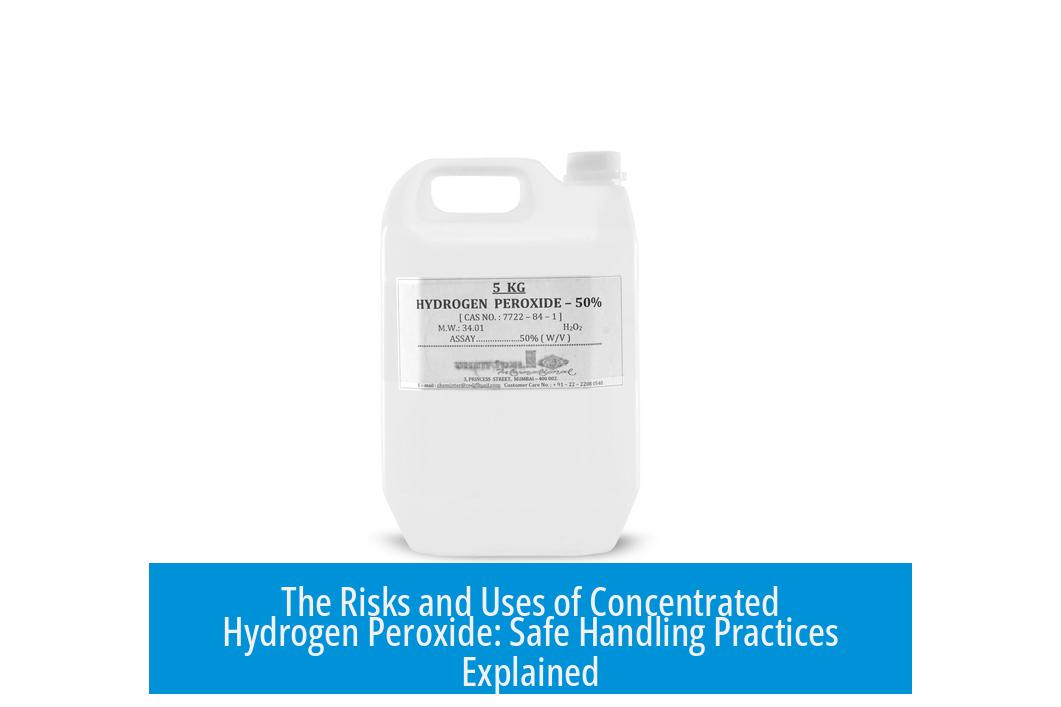
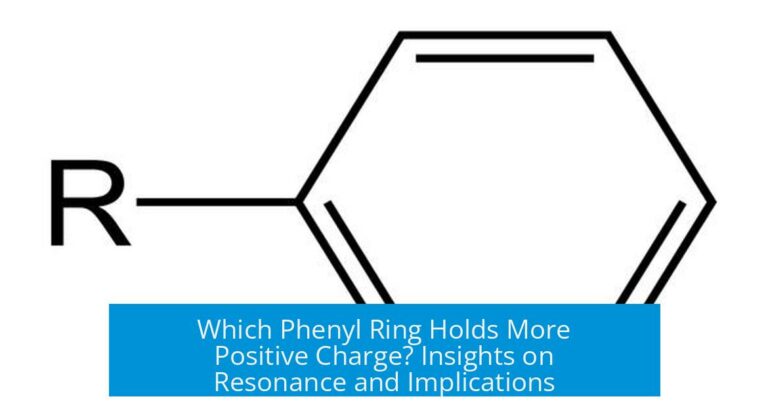
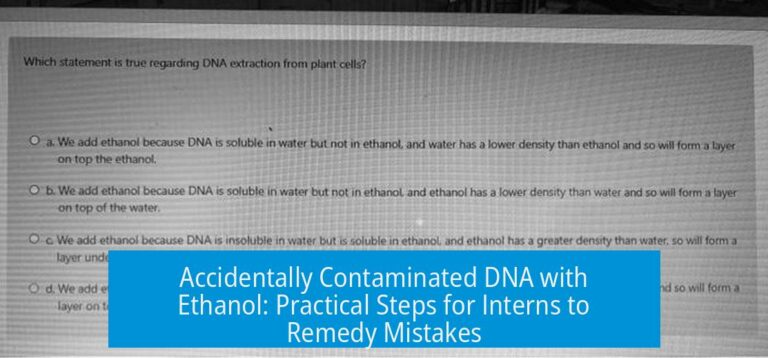
Leave a Comment